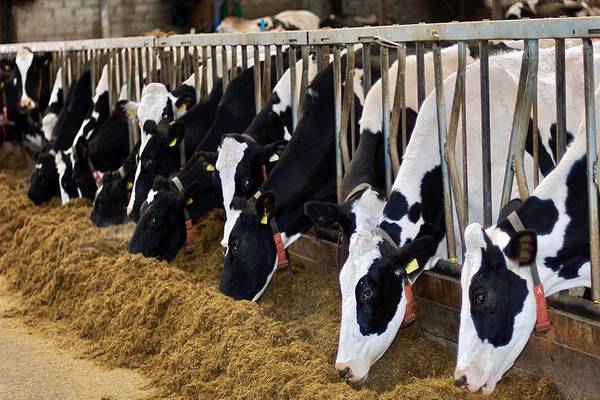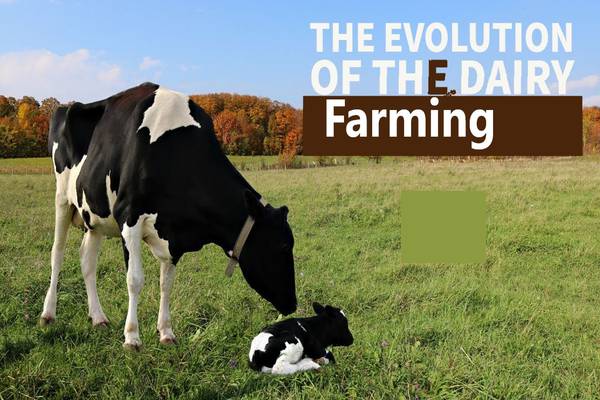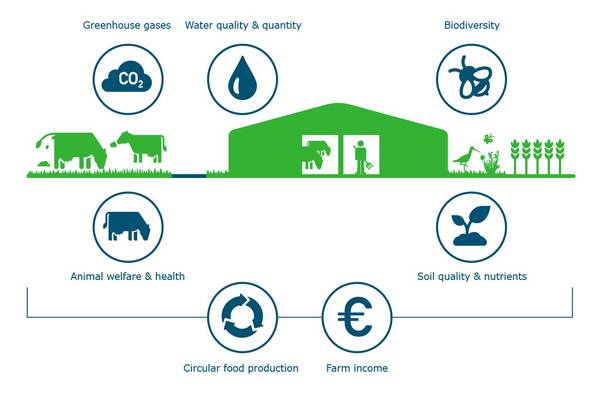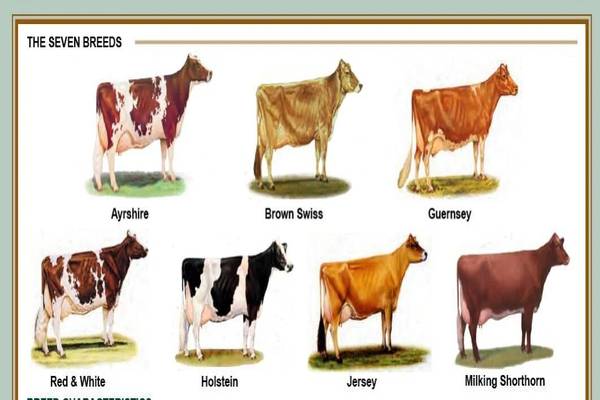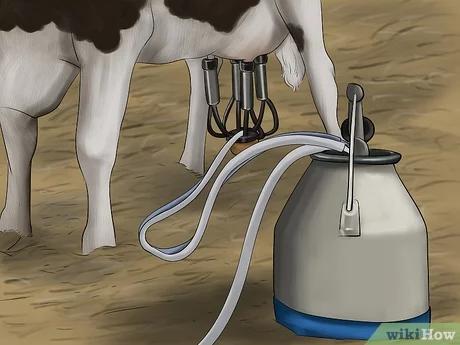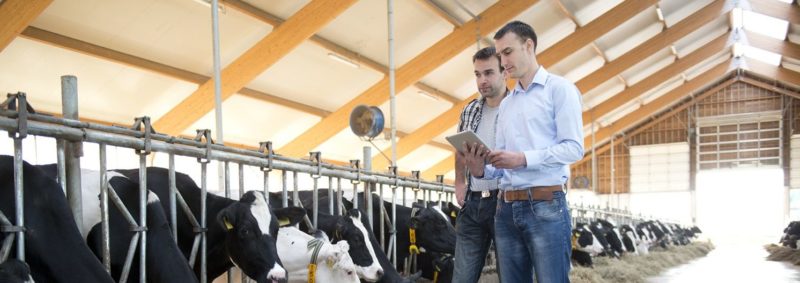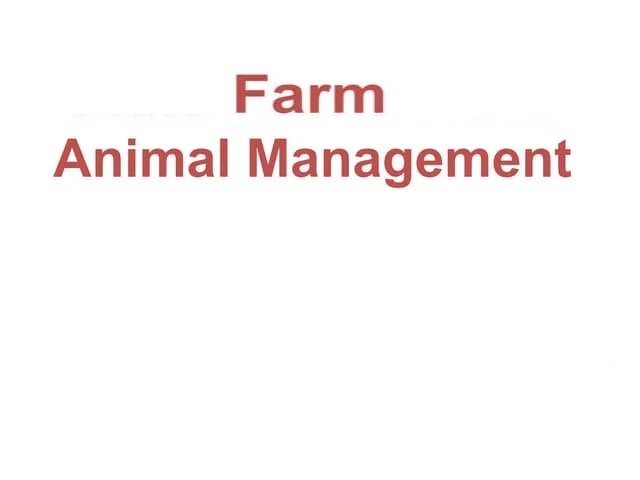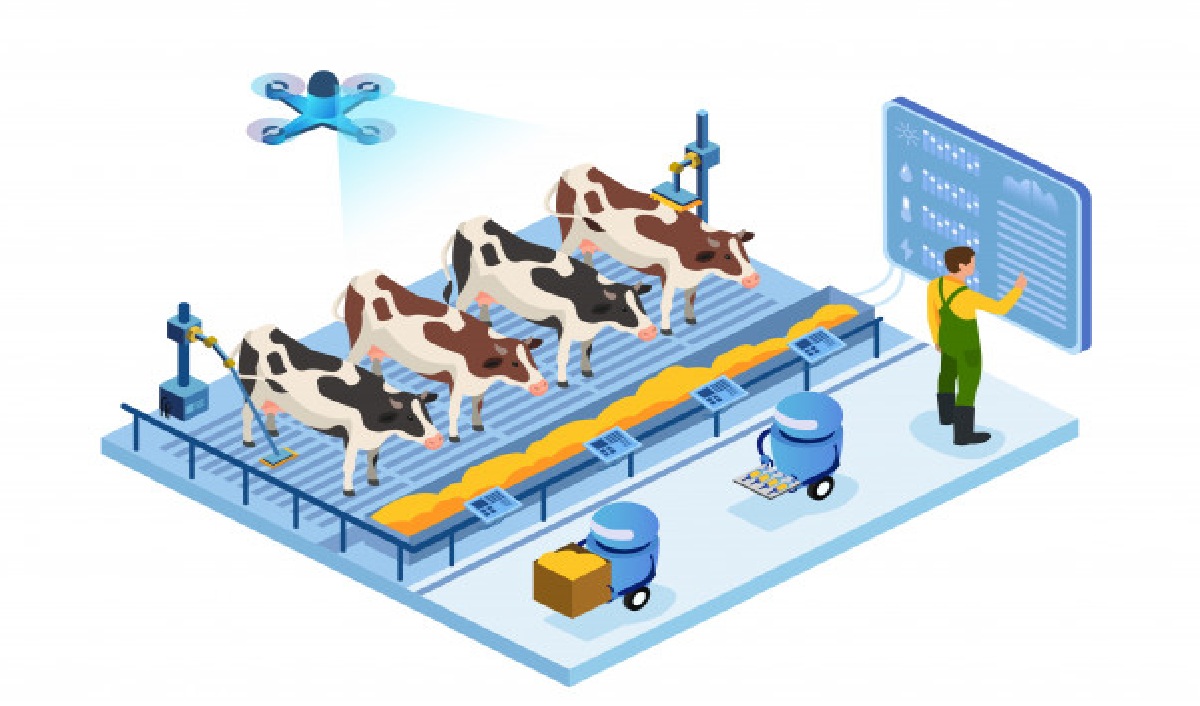Explore Dairy Farming: From Cows To Creameries
Drafted by: vijaychourey26@gmail.com
Dairy farming, a vital sector of agriculture, involves the management of cattle for the production of milk and other dairy products. It is a significant source of nutrition and livelihood for many communities worldwide. In this article, we'll delve into the intricacies of dairy farming, from understanding the basics to modern techniques and sustainable practices.
The Evolution Of Dairy Farming: From Traditional To Modern Methods
Traditional Dairy Farming Practices
In the past, dairy farming was primarily practiced on a smaller scale, often as part of mixed farming operations. Families would keep a few cows for milk and utilize the manure for fertilizing crops. This approach emphasized self-sufficiency and sustainability within the household.
Transition to Modern Techniques
As demand for dairy products increased with urbanization and population growth, dairy farming underwent a transformation. The shift towards mechanization, improved animal husbandry practices, and scientific breeding led to higher milk production and enhanced quality.
Key Components Of Dairy Farming
Cattle Breeds and Selection
Selecting the right cattle breed is crucial for efficient milk production. High-yielding breeds like Holstein, Jersey, and Brown Swiss are popular choices. Factors such as climate, feed availability, and milk demand play a role in breed selection.
Housing and Nutrition
Proper housing and nutrition are vital for the health and productivity of dairy cattle. Barns are designed to provide shelter from harsh weather conditions, while balanced diets ensure optimal milk production.
Milk Production and Harvesting
Milk is harvested through milking machines or by hand, with hygiene being of utmost importance. The milking process needs to be gentle and stress-free for the animals.
Reproduction and Health Management
Effective reproductive management ensures a steady supply of replacement heifers and maintains milk production. Regular veterinary care, vaccination schedules, and disease prevention protocols are essential to ensure herd health.
Sustainable Dairy Farming Practices & Dairy Farm Management Practices
Grass-Fed and Organic Farming
Sustainable dairy farming focuses on minimizing environmental impact. Grass-fed and organic practices reduce reliance on external inputs, promote animal welfare, and produce healthier dairy products.
Efficient Resource Management
Modern dairy farms use technology to manage resources efficiently. This includes waste management systems, energy-efficient facilities, and data-driven decision-making for herd management.
Dairy Farm Management Practices:
Housing and Comfort
Dairy cows require suitable housing that provides shelter from harsh weather conditions and ensures their comfort. Well-designed barns with proper ventilation and temperature control contribute to the overall well-being of the animals.
Nutrition and Feeding
Maintaining the health and productivity of dairy cows relies heavily on a balanced diet. Nutritional experts work closely with farmers to create well-rounded diets that fulfill the cows' dietary requirements, ensuring optimal milk production.
Health and Welfare
Ensuring the health and welfare of dairy cattle is a top priority. Regular veterinary care, disease prevention measures, and proper handling contribute to the overall health of the animals and the quality of the milk they produce.
Understanding Dairy Cow Types
Different breeds of dairy cows offer unique advantages and characteristics. Some popular dairy cow breeds include Holstein, Jersey, Guernsey, and Brown Swiss. Each breed has distinct traits that impact milk production, adaptability to different environments, and even the composition of the milk produced.
Choosing the Right Dairy Cattle
Selecting the right breed of dairy cattle is crucial. High-yield breeds like Holstein, Jersey, and Guernsey are popular choices. Consider factors such as milk production, adaptability to local conditions, and disease resistance.
Milking Techniques And Equipment & Dairy Product Processing
The milking process has evolved significantly over the years, transitioning from manual labor to sophisticated milking machines. These machines are designed to be efficient, hygienic, and stress-free for the cows.
Dairy Product Processing:
Pasteurization and Homogenization
Raw milk undergoes pasteurization to eliminate harmful pathogens while retaining its nutritional value. Homogenization prevents cream separation, resulting in a uniform texture and taste.
Butter, Cheese, and Yogurt Production
Milk is transformed into various products through processes like churning for butter, coagulation for cheese, and fermentation for yogurt. These processes combine traditional methods with modern technology to create a diverse range of dairy delights.
Challenges Faced By Dairy Farmers
Market Fluctuations
Dairy farmers often face challenges due to unpredictable shifts in milk prices and market demand. These fluctuations can impact their income and overall stability.
Animal Welfare Concerns
Addressing concerns about animal welfare is a priority for the dairy industry. Striking a balance between productivity and ensuring the well-being of animals is an ongoing challenge.
Environmental Concerns
Dairy farming's environmental footprint, such as methane emissions, is a challenge. Innovations like methane digesters and carbon sequestration strategies are being explored to mitigate these issues.
Ethical Considerations
Animal welfare concerns have led to the development of alternative housing systems, such as free-range and pasture-based models, ensuring a better quality of life for dairy cattle.
Farm Animal Management
Milk Storage and Handling
Proper milk storage is crucial to prevent spoilage. Use refrigerated tanks to store and transport milk from the parlors to the processing plant. Prompt cooling and proper handling maintain milk quality.
Quality Control and Hygiene Practices
Maintaining strict hygiene standards is essential to prevent contamination of milk. Regularly clean and sanitize milking equipment, barns, and holding areas. Implement quality control checks to identify any anomalies in milk quality.
Managing Dairy Cow Health
Regular veterinary care is necessary to ensure the health of your dairy cattle. Vaccinations, parasite control, and disease prevention measures are crucial to prevent outbreaks that could affect milk production.
Breeding and Reproduction
Effective breeding programs lead to productive dairy cattle. Artificial insemination and selective breeding help improve genetics, resulting in cows with higher milk yields and better disease resistance.
Calf Rearing and Management
Proper calf care sets the foundation for healthy dairy cows. Provide colostrum, a mother's first milk, to boost immunity. Maintain clean and comfortable calf pens and monitor their growth and development.
Disease Prevention and Treatment
Disease outbreaks can have devastating effects on a dairy farm. Implement biosecurity measures, such as quarantining new animals, to prevent the spread of diseases. Promptly treat any sick animals to minimize impact.
Future Trends In Dairy Farming
The dairy industry is evolving with advancements in technology and changing consumer preferences. Stay updated on trends such as automation, precision agriculture, and organic dairy production.
